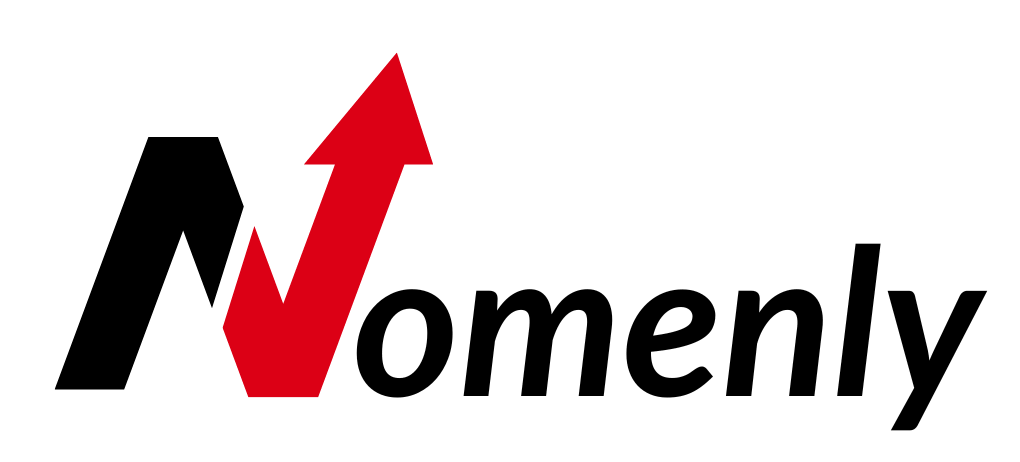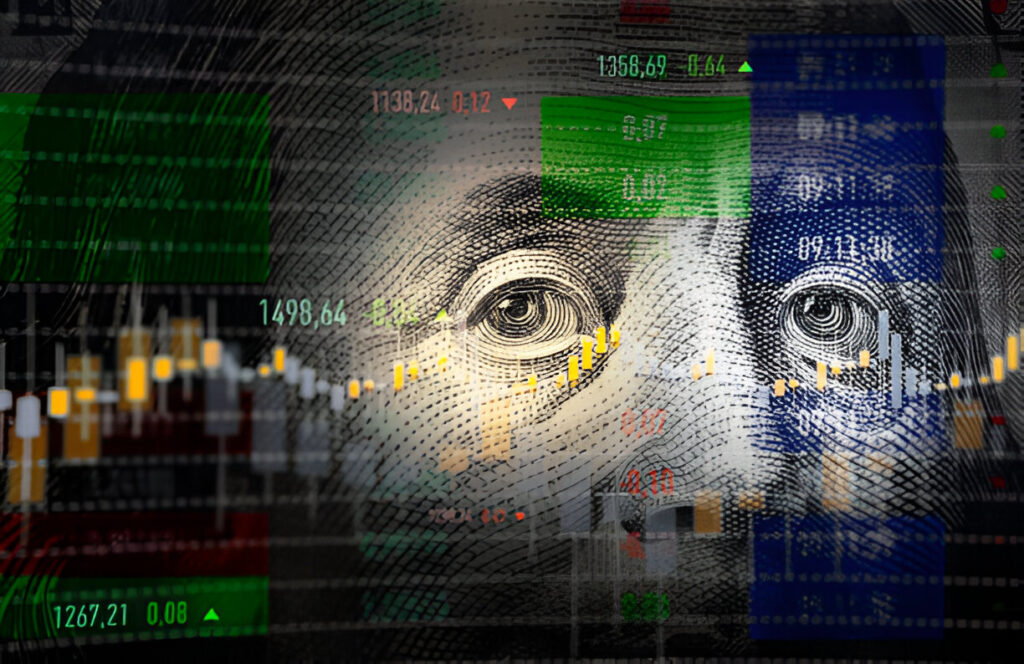From the bustling trading floors of stock exchanges to the serene home offices of independent traders, the landscape of Forex trading has undergone a digital revolution. The rise of Forex trading software has empowered traders with real-time data, technical analysis tools, and the ability to execute trades at lightning speed. Whether you’re a seasoned professional or a curious novice, understanding the features and security of today’s trading platforms is crucial for success. Keep reading to get a comprehensive insight into the world of Forex trading software—the heart of the modern trader’s toolkit.
Essential Features of Forex Trading Platforms

Several key features are essential for efficient trading when evaluating Forex trading software. First and foremost, real-time data is vital, as currency markets are incredibly volatile, and prices can change in the blink of an eye. Access to up-to-date information enables traders to make informed decisions swiftly.
Another critical component is the quality of analytical tools available within the software. Advanced platforms offer many charts, indicators, and analytical models that help traders predict future market behavior. These tools range from basic price charts to complex technical indicators that can analyze trends and set benchmarks for potential trades.
Order management systems are also a fundamental part of trading platforms. Good software facilitates various order types, such as market, limit, and stop orders, which give traders control over their trading strategies and risk management. Customizing these orders and automated trading setups can significantly enhance a trader’s efficiency.
Customer support and the learning curve associated with the platform are pivotal for a smooth trading experience. High-quality forex software provides robust support systems, tutorials, and community forums to aid traders. Moreover, adaptability to different trading styles—from scalping to swing trading—is necessary for software to cater to a diverse user base.
Evaluating the Best Forex Trading Software Options

Finding the right Forex trading software can be daunting, with countless options available. A crucial starting point is to identify personal trading needs and goals. Whether you are looking for in-depth technical analysis or prioritizing ease of use, the range of functionality across platforms will guide your choice. Additionally, it’s important to consider the brokerage compatibility with the intended software.
Reliability is another key factor, as downtime or glitches can be costly in the rapid Forex market. Reviewing platform stability through user testimonials and industry reviews can provide valuable insights into a software’s resilience. A platform’s ability to maintain consistent performance during market surges indicates its quality.
For traders interested in automating their strategies, including algorithmic trading capabilities is a significant consideration. For instance, forex trading software that provides expert advisors or other automated features can greatly enhance efficiency. Exploring platforms that support these mechanisms—and ensuring that they align with one’s trading style—is essential for harnessing the full potential of Forex trading software.
Cost is always a consideration, as Forex platforms can vary from being free to having substantial subscription fees. While some traders may opt for premium features that come with a price, others might prefer sticking with no-cost or low-cost software while allocating funds toward their trading capital. A careful balance between desired features and budget will aid in making a sound decision.
The Role of Mobile Applications in Forex Trading
As the digital era ushers in a mobility culture, Forex trading has also taken to smartphones and tablets. Mobile applications for Forex trading are indispensable for traders who require 24/7 market access. These apps allow users to monitor markets, make trades, and manage their accounts from virtually anywhere.
Mobile app functionality has nearly evolved to match desktop software, providing features like interactive charts, Forex news, and account management options. The flexibility offered by mobile platforms is particularly useful for day traders and individuals who travel frequently, allowing them to remain connected to the markets without needing a computer.
The portability of mobile Forex trading apps has fostered a new way of thinking about market accessibility. They have become an integral part of a trader’s toolkit, with notifications and alerts ensuring traders stay updated on market movements and opportunities. The seamless integration with desktop platforms means traders can initiate a trade on one device and manage it on another.
However, traders must be cognizant of the security risks associated with mobile trading. Secure connections and adherence to app safety guidelines are paramount for safeguarding sensitive information and investment capital. Mobile app developers have risen to this challenge by integrating advanced security features and ensuring compliance with financial regulations.
Altogether, Forex trading software has become a critical tool for modern traders by providing real-time data, technical analysis, and trading flexibility across multiple devices. With the right platform, traders can optimize their strategies and navigate the volatile Forex market more effectively.



